A guide to South African Provinces
South Africa
Travel and Discover South Africa
Information to help you choose where to go
South Africa is on the southernmost tip of the African continent. It is still Africa. Many people have asked me where they should go when they want to visit and travel to South Africa. It is like asking how many grains of sugar is in a teaspoon.
If you have never visited South Africa and you know very little about it, you will discover it is vast and diverse. One of the most important questions you have to ask yourself is what your goal is when you want to visit. The second question is the length of time you have for your travels. Then you can consider your budget and plan accordingly.
Which province and region should you travel to in South Africa?
South Africa might not be the largest country in the world but it certainly isn’t small. It is 9th on the list of largest countries in Africa.
Did you know South Africa has nine provinces? They cover approximately 1,22 million km². That is a whole lot of space to explore. Sometimes you can flit around and get to places quickly; sometimes it takes you ages just to drive a couple of hundred kilometres.
To give you an idea, South Africa is twice the size of France, 3 x the size of Japan and 4 x the size of Italy. South Africa is also about 5 times bigger than the United Kingdom.
Safaris in South Africa - elephants will keep you entertained
The most popular places to visit in South Africa
Cape Town and Kruger National Park are the most visited areas in South Africa. Cape Town might have it all from beautiful mountains with glorious vistas, to delectable wines or splendid beaches. The Kruger National Park might have all the wildlife your heart desires, but there is an enormous variety to see between these two destinations.
For instance, if you only visit Cape Town and its vicinity you will have missed out on many other parts of South Africa from its people, to varied scenery and even different animals.
Delectable wines doing good! - Unite against poaching
Facts about South Africa – Geographical, populace and environmental
If you would like to visit South Africa it is advisable to know a bit about its size, its environment and its climate.
South Africa’s provinces vary considerably in size. Each has its own attractions filled with historic information, unique landscapes and different cultures.
60’s Vibe in Stormsriver Village
The Northern Cape, an arid and usually dry region is vast and therefore the largest of the provinces. Gauteng by comparison is tiny but contains the country’s largest city. The Northern Cape has approximately 1.3 million people living there whilst Gauteng (Place of Gold) has an estimated population of over 16 million. To put it into perspective, in Gauteng there are nearly 700 people per square kilometre whilst in the Northern Cape there are probably less than four people per square kilometre.
Open spaces in the Kgalagadi, Northern Cape
Namibia, Botswana, Zimbabwe, Eswatini (Swaziland) and Mozambique are South Africa’s neighbours and the mountain kingdom of Lesotho is completely landlocked by South Africa.
Each province has its own Legislature, Premier and Executive Council. The country has common boundaries with Namibia, Botswana and Zimbabwe, while Mozambique and Eswatini lie to the north-east.
Bat eared fox
Travel inspiration delivered directly to your inbox
The 9 Provinces of South Africa:
Eastern Cape
Free State
Gauteng
KwaZulu-Natal
Limpopo
Mpumalanga
Northern Cape
North West Province
Western Cape
Scenic mountain passes
South Africa boasts three capital cities:
Cape Town in the Western Cape is the legislative capital where South Africa’s Parliament is.
Pretoria in the City of Tshwane in Gauteng is the administrative capital, where the Union Buildings are.
Bloemfontein in the Free State is the judicial capital where the Supreme Court of Appeal resides.
Rugged landscape of the Northern Cape
Four of South Africa’s provinces are situated on the coast. The coastline has two oceans, the cold Atlantic Ocean and the warmer Indian Ocean.
Northern Cape:
Situated on the western side of South Africa the Northern Cape has the cold and frequently rough Atlantic Ocean.
Western Cape:
Although it is in the western area of South Africa, it also shares some of the southern tip of Africa. It is the only province that features two oceans, the Atlantic Ocean and the Indian Ocean, where the two meet at Cape Agulhas.
Eastern Cape:
Still situated in a southern section of South Africa, the Eastern Cape has the warmer subtropical Indian Ocean.
Kwazulu-Natal:
Situated in the east of South Africa, Kwazulu-Natal has the subtropical warmer Indian Ocean.
All the other provinces of South Africa, the Free State, Gauteng, Limpopo, Mpumalanga and North West Province are landlocked.
A bay on the Cape Peninsula, near Cape Town
Which province should you choose to travel to?
Attractions of South Africa
Each province has its own appeal. One thing is for certain, you will find adventure, wildlife, cultural experiences, great food, wonderful hospitality and beauty in each province. Below are just a few examples of what you will find in each province and is by no means all you can see.
Paragliding at Map of Africa
Cute wildlife - Ground squirrel
Delicious Farm to Family Food
Regarding the weather, each province has its own climate from hot arid areas to blustery cold and wet places.
Shipwreck at Cape Agulhas
Eastern Cape
With a beautiful coastline of about 800 kilometres and a warmer Indian Ocean, the Eastern Cape Province has a lot to offer. A somewhat rugged coastline with rocky coves, lagoons and also pristine beaches, there is a variety to choose from. Starting at Nature’s Valley traveling east along the coast, you will get to Stormsriver where you fill find the Tsitsikamma National Park and the Otter Trail, an adventurer and hiker’s delight.
Carry on along the coast and you will find a surfer’s paradise at Jeffrey’s Bay. Near Gqeberha (Port Elizabeth) you can take a short left to Addo Elephant National Park which boasts the Big 7.
If you decide to continue along the coast you will get to East London and eventually the next province, Kwazulu-Natal.
If you venture anywhere inland in the Eastern Cape there are numerous small towns that have their own history and appeal such as the 19th century town of Graaff-Reinet, Cradock and Queenstown. This area is also known as the Karoo. Graaff-Reinet has Camdeboo National Park and Cradock has Mountain Zebra National Park which are both malaria free.
Stormsriver at Tsitsikamma
Free State
Embraced by six provinces and one independent state and situated in the middle of South Africa, the Free State is totally landlocked and known as the granary province of South Africa. It is situated between the Orange River at its southern boundary and the Vaal River on its northern boundary.
Although the Free State is not necessarily as widely known for its tourist attractions as its sibling provinces, it has many hidden gems such as small touristy towns like Clarens, situated at the foothills of the Maluti Mountains and just outside Golden Gate National Park with its fascinating sandstone formations and magnificent scenery.
Ficksburg is another little gem where the largest cherry producing area in South Africa is situated. During the third week in November it holds the Ficksburg Cherry Festival. The first festival was hosted in 1968. Each year the festival activities include cherry picking and tours, a golf event, a half marathon and veteran vehicle displays as well as food, beer and wine fests.
Located between Clarens and Ficksburg in the Moolmanshoek valley surrounded by the Witteberg Mountains you will find another scenic spot with a delightful private game reserve with magnificent scenery and adrenalin pumping activities.
Moolmanshoek valley
Gauteng
Steeped in history from the Witwatersrand gold rush, Gauteng Province is the economic hub of South Africa and the most densely populated province. Johannesburg is South Africa’s largest metropolitan city and Soweto is the heart of the freedom struggle. Tshwane is home to the Union Buildings, South Africa’s seat of government. The Voortrekker monument can also be found just south of Pretoria (Tshwane). The monument building is on the top of a hill, commemorating the Voortrekkers who left the Cape Colony between 1835 and 1854.
Many tourists believe that Sandton is the shopping mecca. Nevertheless there is no doubt that you will find a huge and varied cultural vibe in Gauteng, ideal for urban tourists and epicureans.
Not only was gold discovered in Gauteng. Mining for diamonds also played a huge part in contributing to its wealth. An old mining town, Cullinan, just north of Tshwane (Pretoria) is known for the location where the world’s largest diamond, the Cullinan Diamond of 3.106 carats (621.20 grams) was found.
The province is also home to an archaeological site within a world heritage site. The Cradle of Humankind with a cave complex at Sterkfontein Caves is famous for the findings of numerous hominid fossils dating back to more than two million years.
Gauteng is also renowned as the landing point for many tourists that want to drive into neighbouring countries such as Botswana, Namibia or Zimbabwe. They often hire kitted out overland vehicles to undertake such trips.
Panoramic of Hillbrow within Johannesburg
KwaZulu-Natal
Boasting a beautiful coastline and a tropical climate, Kwazulu-Natal is steeped with history. Home to the Zulu Kingdom and legendary battle sites of the Anglo-Zulu and Boer-Zulu wars, you will not have a shortage of culture and history.
A small section of the Drakensberg Mountains
It also contains two world heritage sites, iSimangaliso Wetland Park and uKhahlamba-Drakensberg Park (Maloti-Drakensberg Park) you will be spoilt for choice. From impressive mountain scenery to battlefields or subtropical paradise, the world is your oyster. Dramatic escarpments, fantastic vistas; need I say more?
Drakensberg with snow in winter
Kwazulu-Natal also borders onto Swaziland (Eswatini), Lesotho and Mozambique.
The province has beautiful beaches that line the coastline and vast sugar cane and banana plantations. The Drakensberg needs very little introduction. The main mountain range stretches for about 1 125 kilometres along the border of Lesotho.
A lagoon at tropical Kwazulu-Natal
Limpopo
An endless landscape of African bushveld, the Limpopo Province is at the top end of South Africa. The Limpopo River forms its northern and western boundaries. The Limpopo River also meets up with the Shashe River at Mapungubwe National Park. Wildlife in abundance is found at national parks, private game reserves and game farms. The northern half of the Kruger National Park lies in Limpopo.
If you are looking for baobabs, you will certainly find them in Limpopo. They are largely distributed along the northern sections of Limpopo.
Baobab
If you are wanting a true African safari in South Africa, Limpopo is the go-to province. From guided game drives to self-drive safaris, luxury or budget parks, lodges or reserves, here you will find it all.
Did I mention you will find adventure here? Just like any other province, you can choose your adventure such as ziplining from one ridge to another. If that does not appeal to you, you can walk among the wild.
Canopy tour ziplining
The Limpopo is also historically significant because it is home to the mysterious Rain Queen, Modjadji and the Modjadji Cycad Reserve which holds magnificent species of cycads, some of them the oldest and largest of their kind.
Cycads in the Modjadji Reserve
Limpopo Province is also the gateway to Botswana, Zimbabwe and even Mozambique.
Buffalo
Mpumalanga
The Mpumalanga Province occupies the north-eastern region of South Africa. The southern half of the Kruger National Park lies in Mpumalanga. With largely a subtropical climate, it is an ideal tourist destination.
Another province that is renowned for its wildlife, its lowveld African savanna and vast forest plantations. There is also no shortage of beautiful scenery such as God’s Window, Blyde River Canyon and Bourke’s Luck Potholes.
Elephant calf rolling in the sand
Mpumalanga’s Panorama Route will take you through charming villages such as Graskop, Sabie, Hazyview, White River and Mbombela (Nelspruit) as well as numerous spectacular waterfalls.
Mpumalanga also offers a different perspective to South Africa. Dullstroom is known as the fly-fishing capital of South Africa. The area features an array of trout stocked dams and lakes, for novices as well as experienced professionals. Rainbow and brown trout are commonly found in the dams and natural breeding occurs in the rivers.
Trout dams and beautiful mountains as backdrops
Northern Cape
The largest province of South Africa and one of the most rugged and arid, the Northern Cape should not be bypassed. It is unique compared to other provinces and may seem desolate but it holds great secrets and hidden gems, literally and figuratively. Travel deeply when you visit Northern Cape or you might miss exceptional experiences and sights.
Parts of the Northern Cape is also classified as Karoo. To clarify, the entire Karoo stretches across several provinces in South Africa and even a southern section of Namibia. The Karoo consists of Great Karoo, Little Karoo, Nama Karoo Biome and Succulent Karoo Biome.
Karoo landscape
Known for its 19th century diamond mines, Kimberley is the capital of Northern Cape Province. The Big Hole, an open pit mine is apparently the deepest hole hand dug at that time to excavate diamonds. The Kimberley Mine Museum is a recreation of the historic town.
Kimberley Big Hole
Usually a scorching and dry climate, it is home to many of South Africa’s national parks, not only will it present you with some wildlife only found there that reside in the red dunes of the Kalahari or the rocky or stony landscape.
Red dunes of the Kalahari
The Namaqualand within the Northern Cape is a burst of colour like no other at the end of winter and in spring. It covers a vast area from Springbok to Calvinia and even drifts over into towns in the Western Cape.
The mighty Orange River flows through arid landscape over the Augrabies Falls and along the border of Namibia into the Atlantic Ocean. This makes an ideal spot for adventurers where they can test their skills in various ways such as hiking, river rafting, 4x4 driving or overland trips.
Augrabies Falls
North West Province
Part of the bushveld, North West Province is known as the platinum province where more platinum is mined from its rich resources than in any other place in the world. It borders Botswana.
In the north-east, the Magaliesberg mountain range extends for about 130 kilometres from Pretoria (Tshwane) to Rustenburg. Flowing along the southern border of the province is the Vaal River.
This province is also home to Pilanesberg National Park which is situated in the crater of an extinct volcano. A great place for a safari. Sun City and the Lost City is a famous resort complex renowned for its golf course.
Rhinoceros
Western Cape
What can I say about the Western Cape? Everyone knows it has beautiful mountains and some pristine beaches so maybe I don’t need to say more. Hold on a sec! I won’t leave it there.
Table Mountain
The Mother City, Cape Town and its beautiful backdrop of Table Mountain surrounded by a stunning coastline steals everyone’s heart. I don’t blame people for being smitten by what the Western Cape has to offer and I won’t even try to convince you to avoid it. On the contrary, it is a must visit destination.
After all, it has a great climate although it can be very rainy and miserable, especially in winter. Even the wind can get you down at times, literally and metaphorically. It’s that South Easter I am talking about.
The Cape has some beautiful historical buildings and interesting history, numerous vineyards (which means delicious wine tasting) and orchards (which delivers the yummiest of fruits and foods). It also has Robben Island where you can see Nelson Mandela’s prison cell.
With fabulous food and genuine hospitable people, nature reserves with endemic fynbos that constitutes about 80% of the Cape floral kingdom. As if that isn’t enough there are coastal views to die for, so what more could you want? You could even venture a little further away from Cape Town and visit many of the delightful small inland towns or even coastal towns where you can go cage diving with great white sharks.
Sunset over the sea at a coastal town in the Western Cape
It truly has so much to offer for a tourist. Hiking up Table Mountain or even taking the cableway, will offer you 360-degree vistas over the Cape Peninsula. You can even visit the V&A Waterfront for some shopping or explore the Two Oceans Aquarium. Any of these activities will keep you busy for ages.
View from a mountain pass near Mosselbay
If you can only visit the Cape Town and see parts of the Western Cape, then that is fantastic, because you won’t be disappointed.
I do urge you though to give all the other provinces of South Africa a thought. There is so much more than what I have mentioned and they certainly are worthy of being discovered for their unique scenery, wildlife and diverse culture. You might be pleasantly surprised and thrilled by what you see and experience.
Cederberg in the Western Cape
Social Media:
On Pinterest? Pin for Later.
Pin image with link on Pinterest
Pin to read later
Don’t miss out on more articles about South Africa:
Step by step instructions on how to leave a comment on my blog:
Type in your comment in the comment box.
Click ‘Post Comment’
Briefly a message should appear saying you are not logged in, then a box with ‘Post a Comment’ will appear for you to complete with your name, email address and website URL (if you have one).
Fill in your first name and email address in the appropriate section. (Your email will not be made public and will not be used for any other purpose than for you to get a notification of a reply to your comment.)
Click ‘Comment as Guest’ and you’re good to go!
To subscribe to my blogs, please fill out the SUBSCRIBE form.
Thank you.
I know it is quite a process, but it helps keep our websites secure. Your email address will not be shared or displayed.






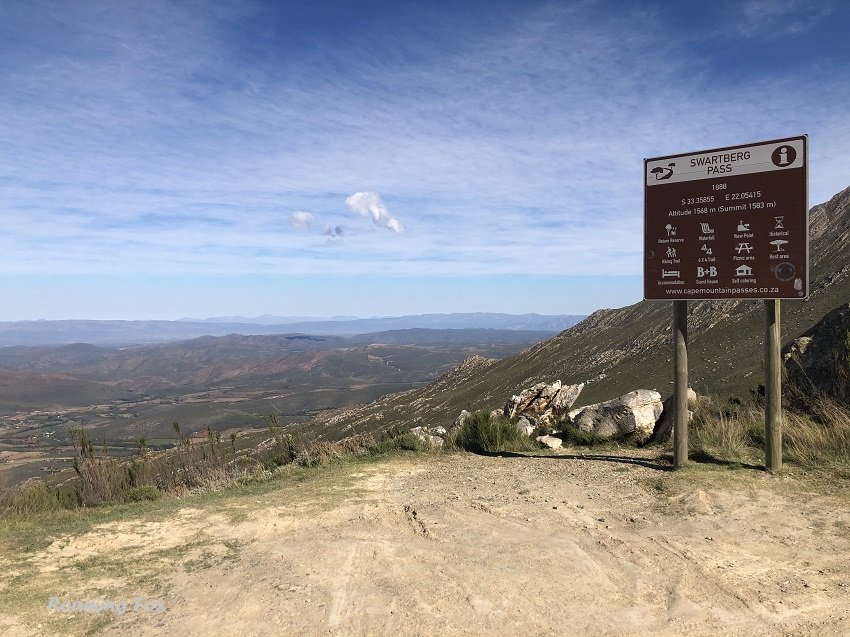







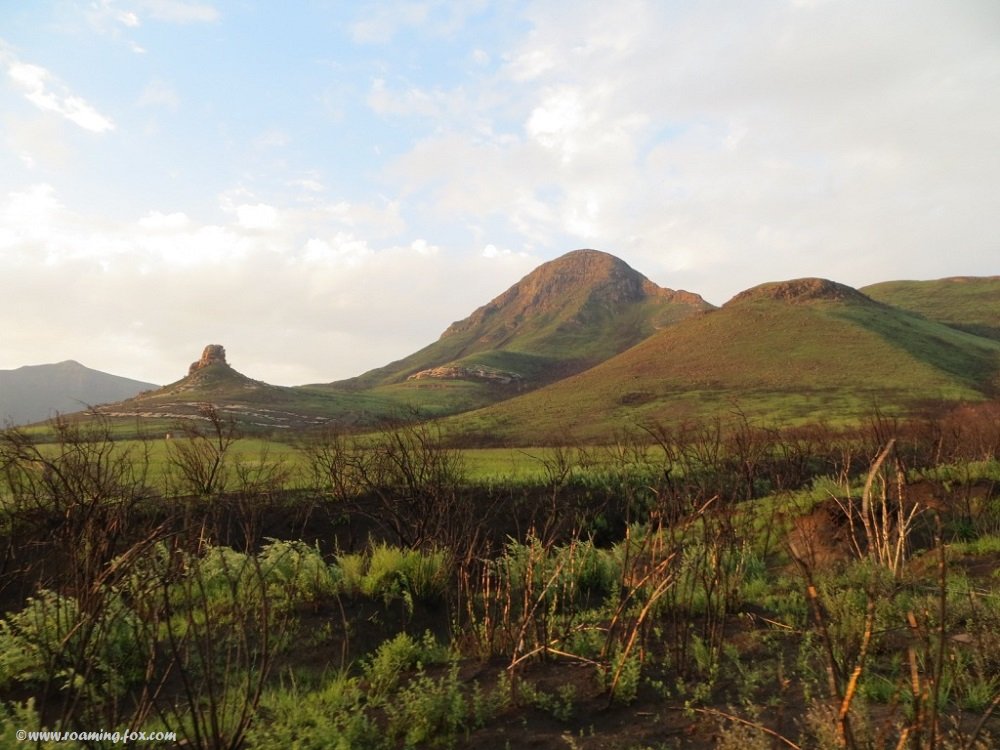






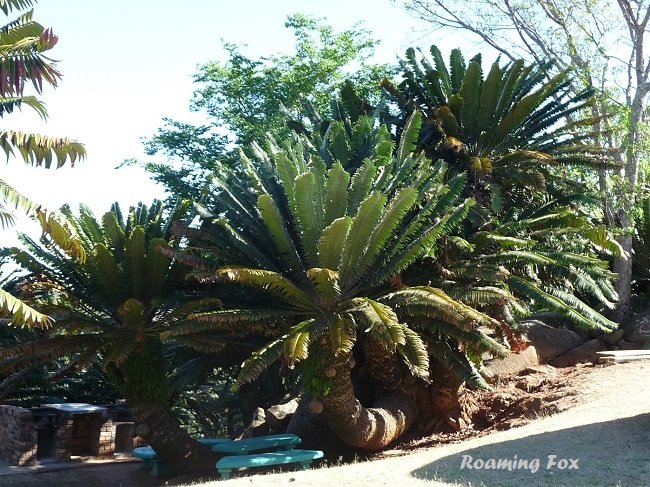





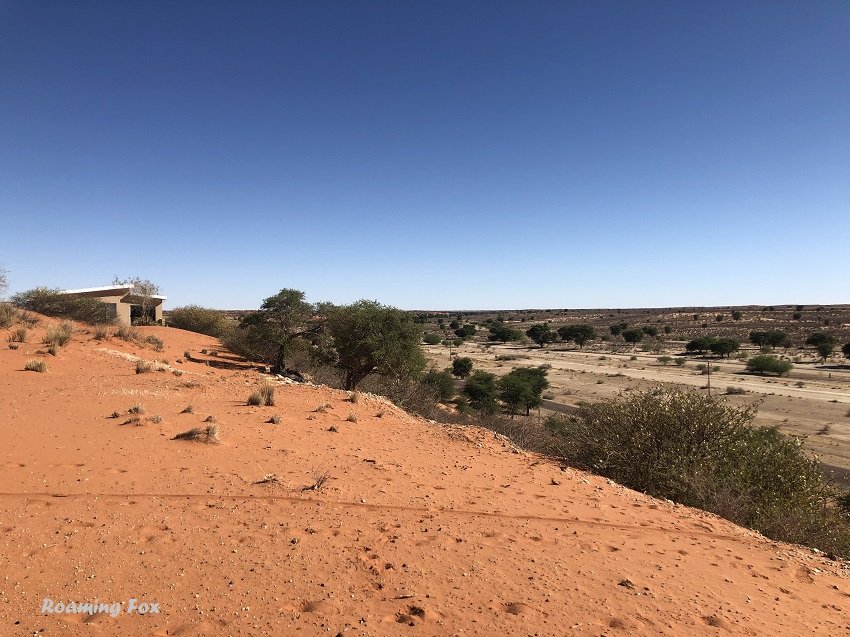










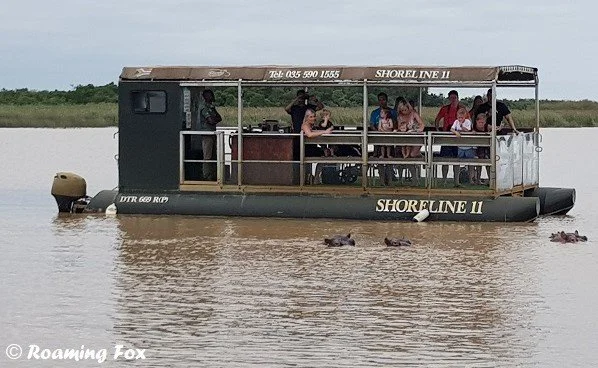
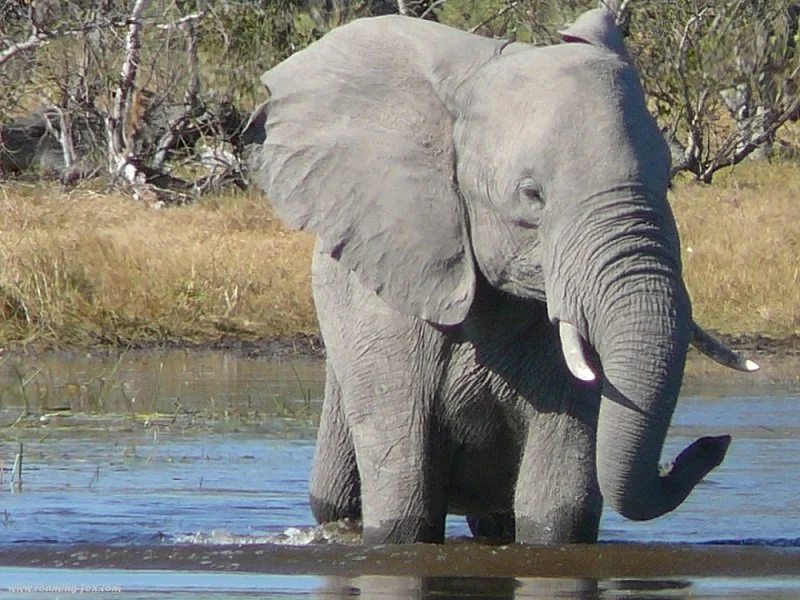








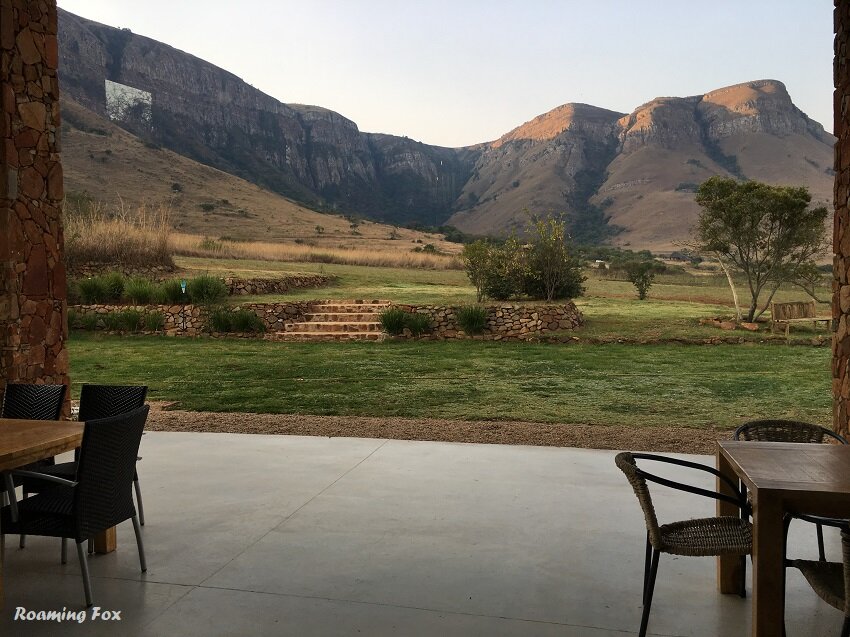



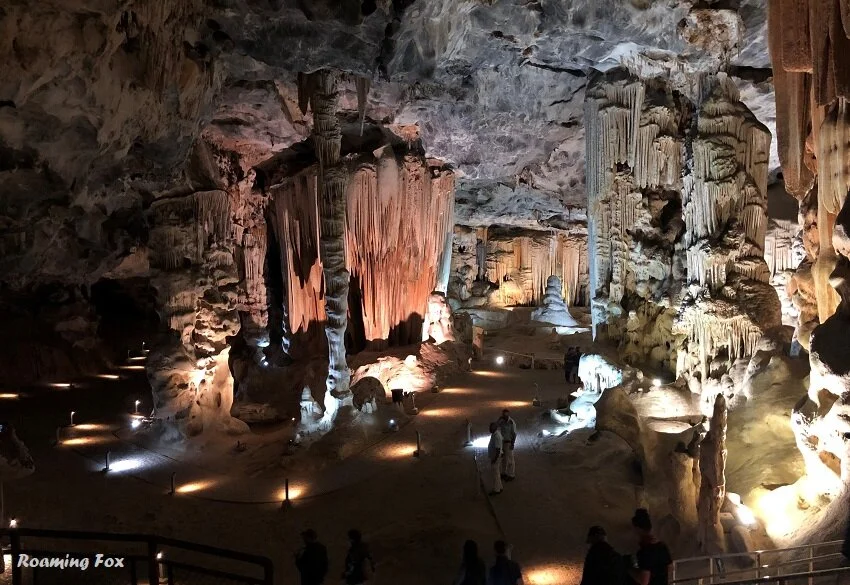

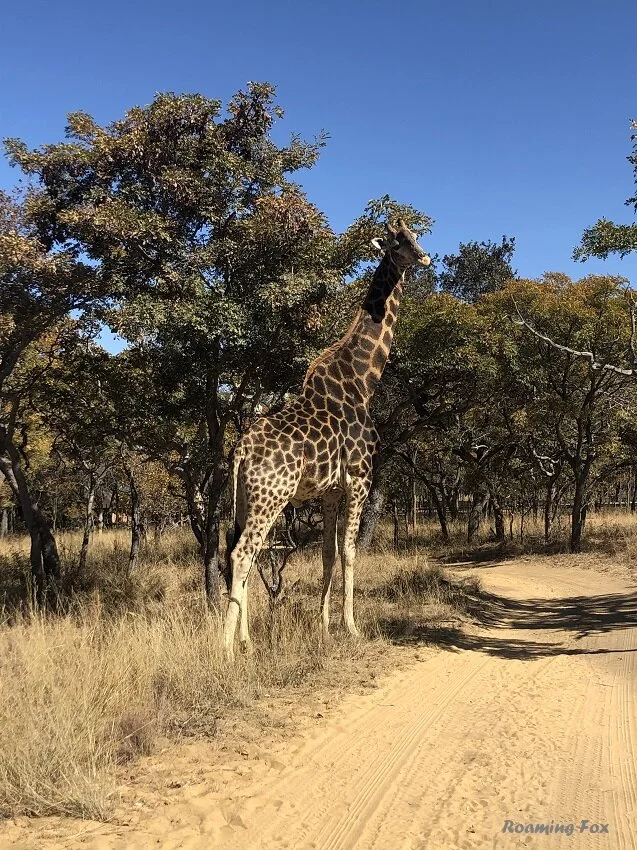
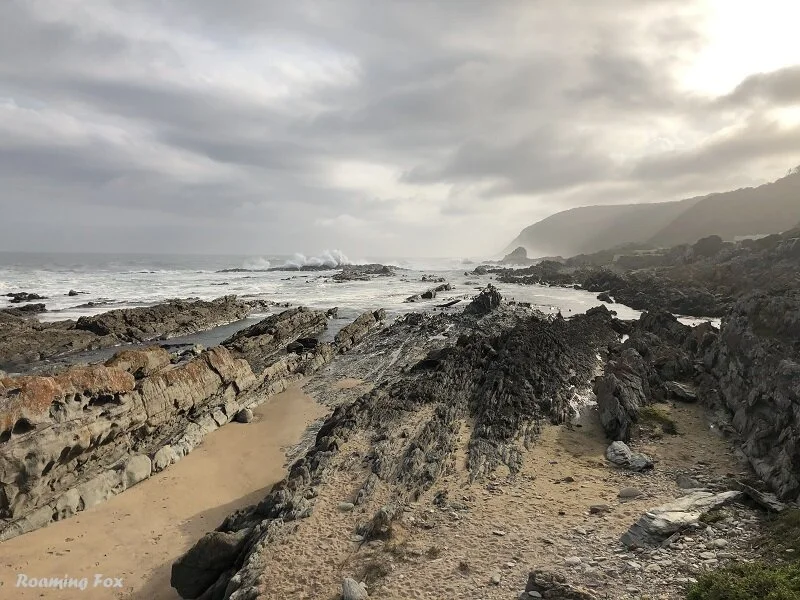
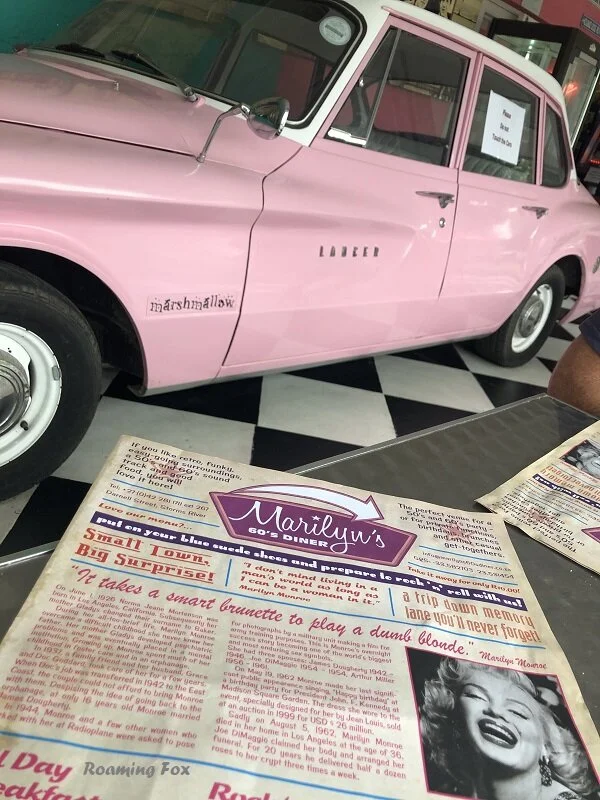
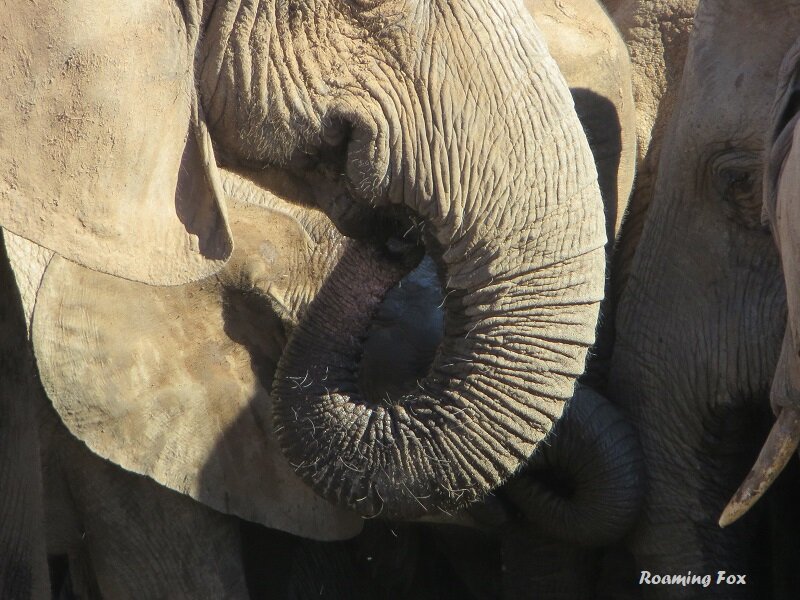
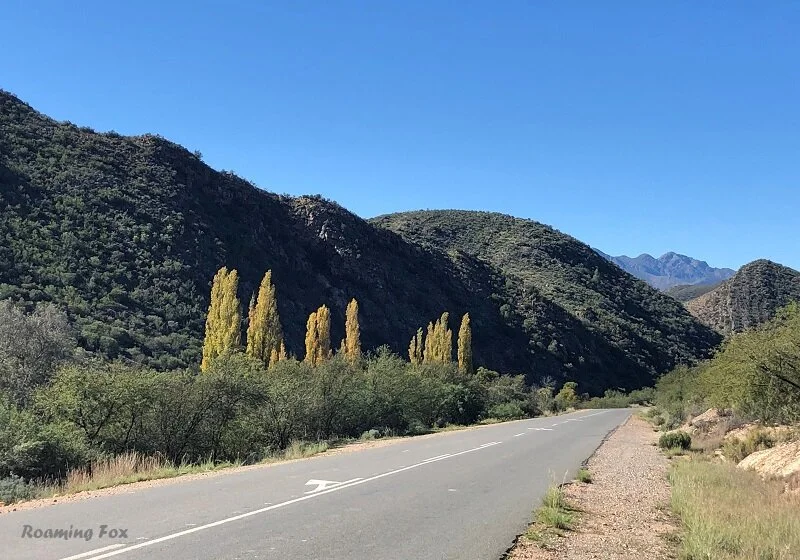




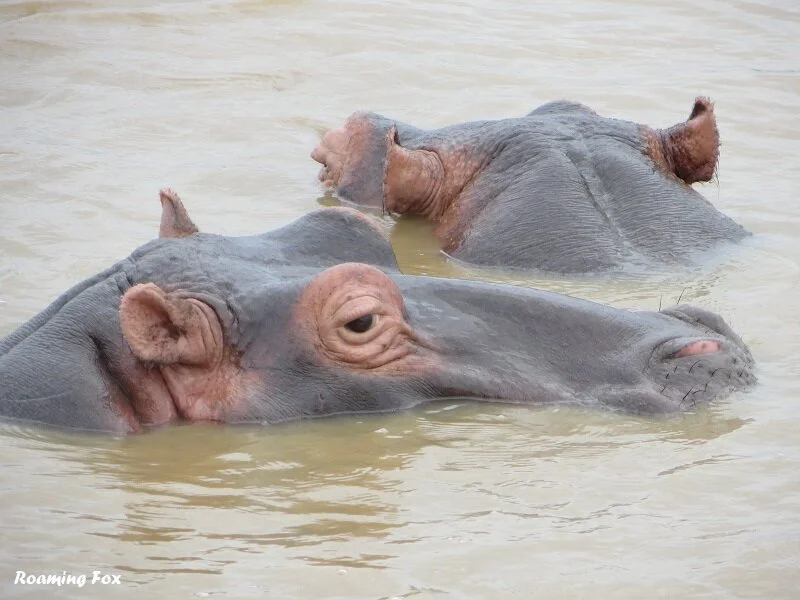

The Best Way to see a country? Take a road trip! Have you ever had that feeling when you hit the open road on your road trip? Freedom. Anticipation. Exhilaration.